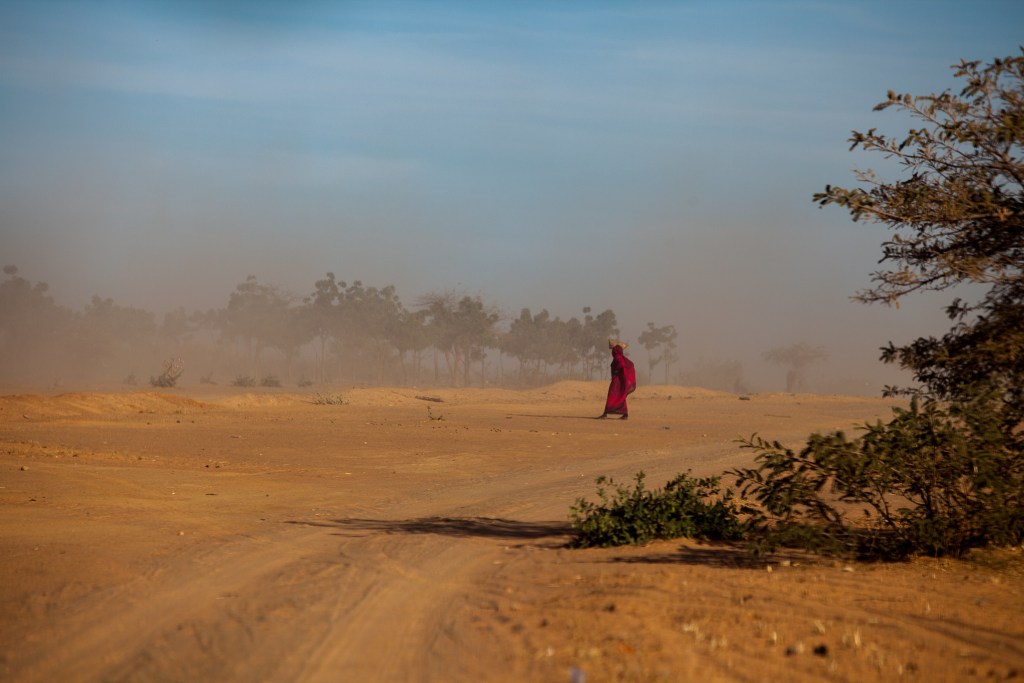
Towns and cities that will become hubs for climate migration will need data, resources, and the capacity to expand and target housing, transportation, and public services to those most in need. Without such investments and planning, cities risk becoming hotbeds of climate vulnerability. Rapidly urbanising areas, especially informal settlements, are particularly susceptible to increases in extreme heat, flooding, extreme rainfall, sea level rise, and coastal erosion. By anticipating and planning for climate risk and increased mobility, cities can take account of population shifts in their infrastructure planning, informal settlement upgrading and the provision of social services.
As climate mobility on the continent will be predominantly internal, national adaptation and development actions will be at the forefront of supporting affected communities and the people who move. African governments are developing ambitious adaptation policies that enable an environment for investment in the jobs and skills necessary to support resilience and a just transition. Laws and policies on migration, refugees, and displacement will have to adapt to the new reality to facilitate the movement of people across borders and ensure the protection of those who are forcibly displaced due to climate shocks.
There has already been some progress on this front. Member states of the Intergovernmental Authority on Development (IGAD) are leading the way by ratifying the Protocol on Free Movement in the IGAD region, which provides for the entry of persons ‘in anticipation of, during or in the aftermath of disaster’ (Article 16). These mutually beneficial provisions could inform ongoing discussions within other regional economic communities on ways to protect their citizens amidst the developing climate crisis.
